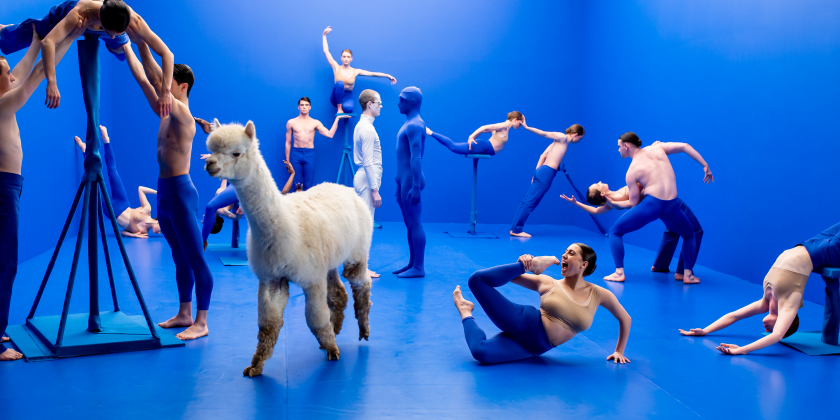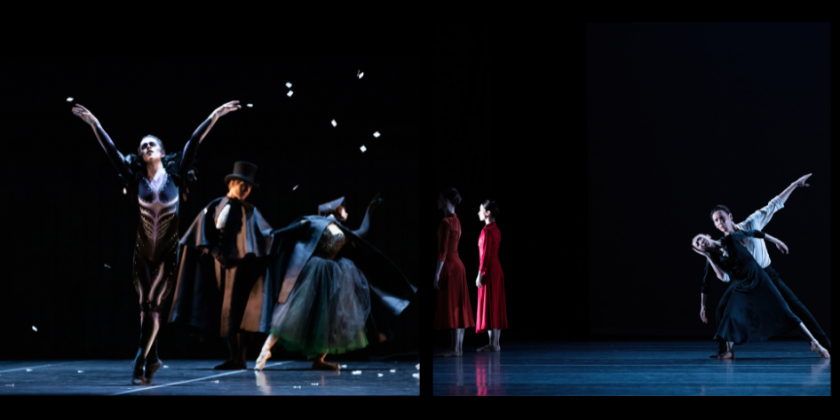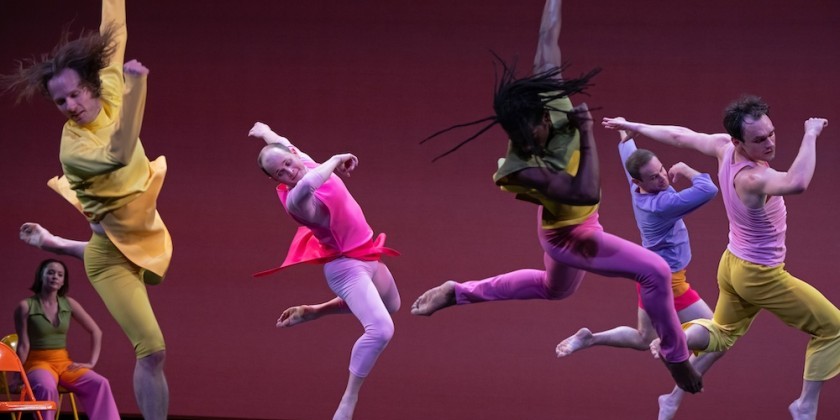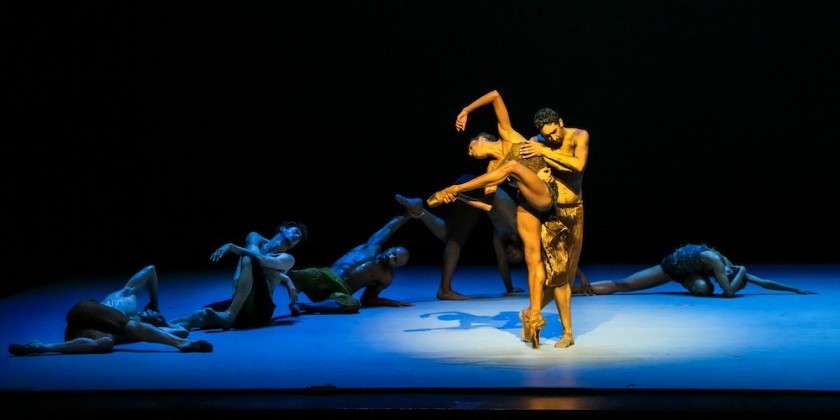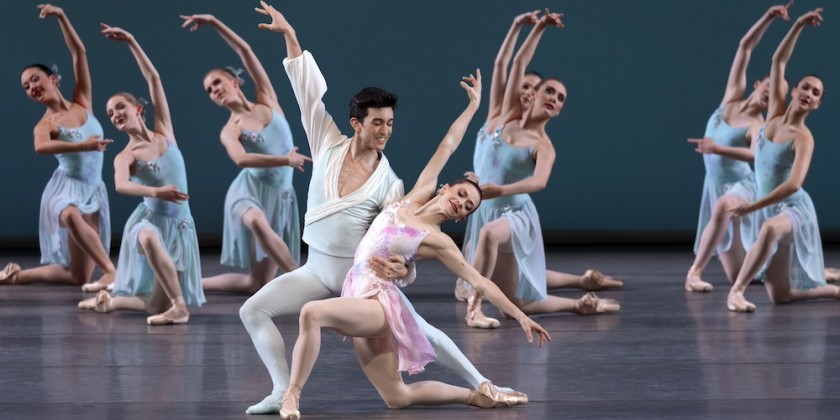IMPRESSIONS: Mexican Movie Musical "Victims of Sin" Spotlights the Afro-Caribbean Dancing of Ninón Sevilla
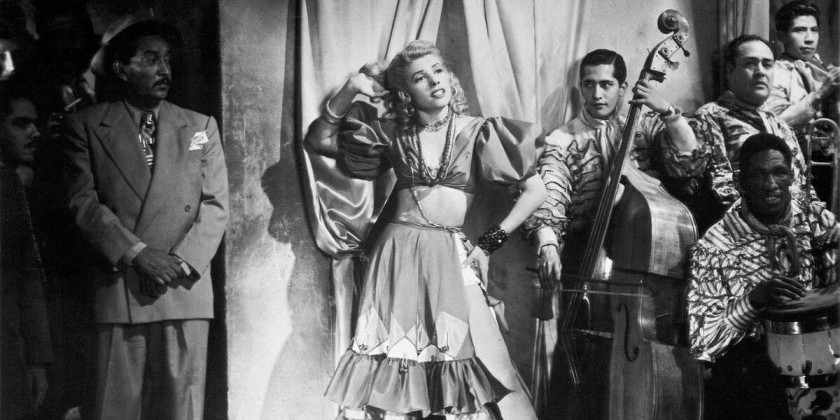
Don't Miss The 4K Restoration Playing at New York's Film Forum from October 6 - 12, 2023
Director: Emilio Fernández
Writer: Emilio Fernández, Mauricio Magdaleno
Producer: by Guillermo Calderón, Pedro A. Calderón
Musician: Antonio Díaz Conde
Cinematographer: Gabriel Figueroa
Editor: Gloria Schoemann
Production Designer: Manuel Fontanals
Choreographer: Jorge Harrison
Cast: Ninón Sevilla, Tito Junco, Rodolfo Acosta, Rita Montaner, Ismael Pérez
Where: New York’s Film Forum
When: October 6 - 12, 2023. For tickets, click here.
What I most appreciated about seeing the new 4K restoration of the 1951 Mexican movie musical Victims of Sin was being introduced to cine de rumberas, a genre of dance-oriented film musicals of which I had no previous knowledge.
Produced during the Golden Age of Mexican cinema (the 1940s and 1950s), they’re melodramatic, noir-influenced screen musicals starring “rumberas,” women who dance to Afro-Caribbean rhythms, while portraying fallen characters for whom dancing is a liberating or redeeming act. Rumberas got their name from the music to which they first danced, Cuba’s folkloric rumba (as distinct from the smoother ballroom-style rhumba). Over time, they also embraced mambo and other tropical rhythms.
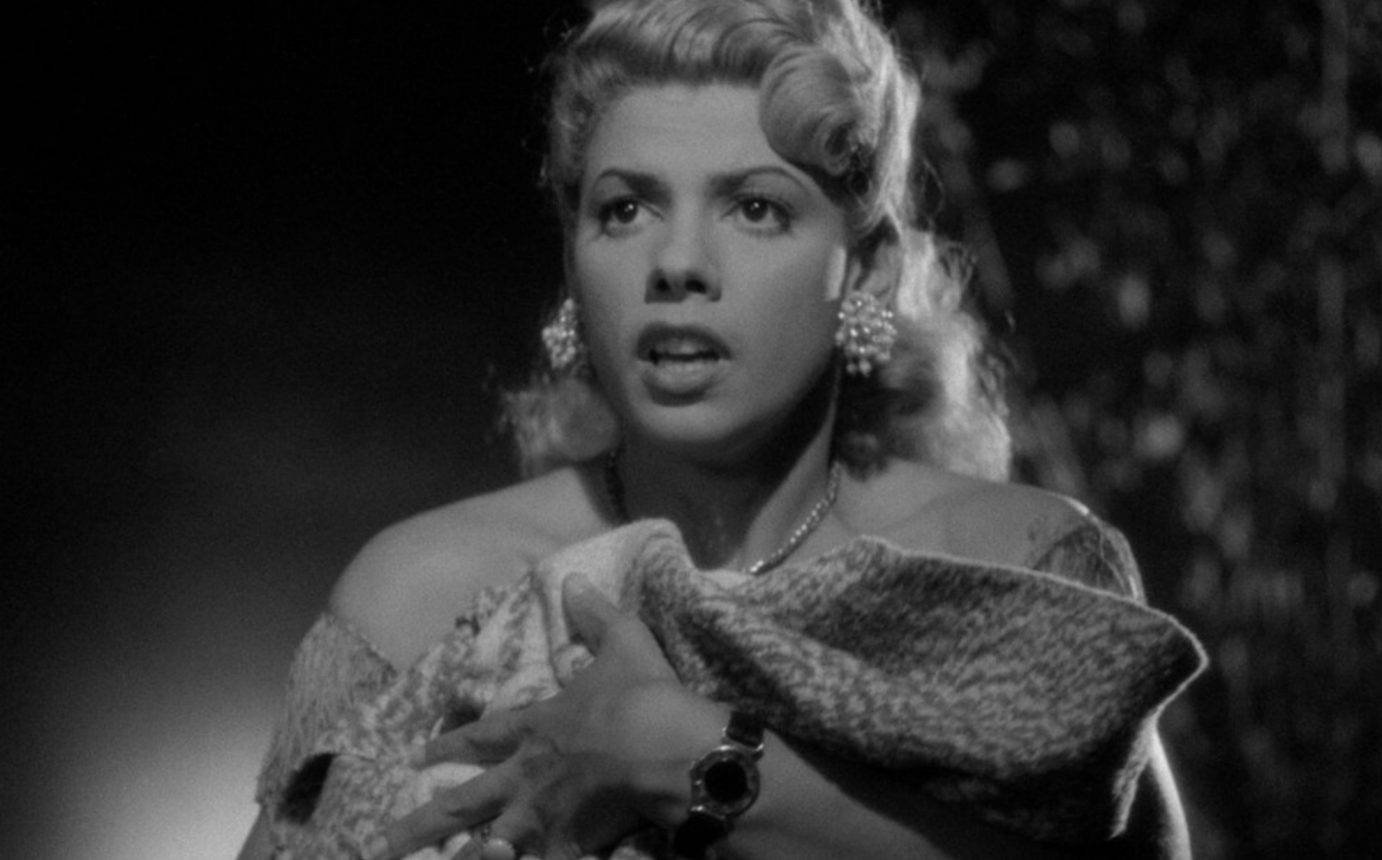
A thrilling rumberas musical, Victims of Sin stars the enthralling Ninón Sevilla (1929-2015), a Cuban-born dancer who turned down offers from MGM and Columbia Pictures to sign a contract with the company of Mexican film producer Pedro A. Calderón. Becoming one of the Mexican cinema’s most sensational sex symbols, Sevilla starred in numerous 1950s rumberas movies. While Jorge Harrison is credited as Victims of Sin’s choreographer, Sevilla was known to choreograph her own on-screen solos. Her signature dance style is said to incorporate movement inspired by Santeria, a religion of Africa’s Yoruba diaspora that integrates dance into its rituals and ceremonies.
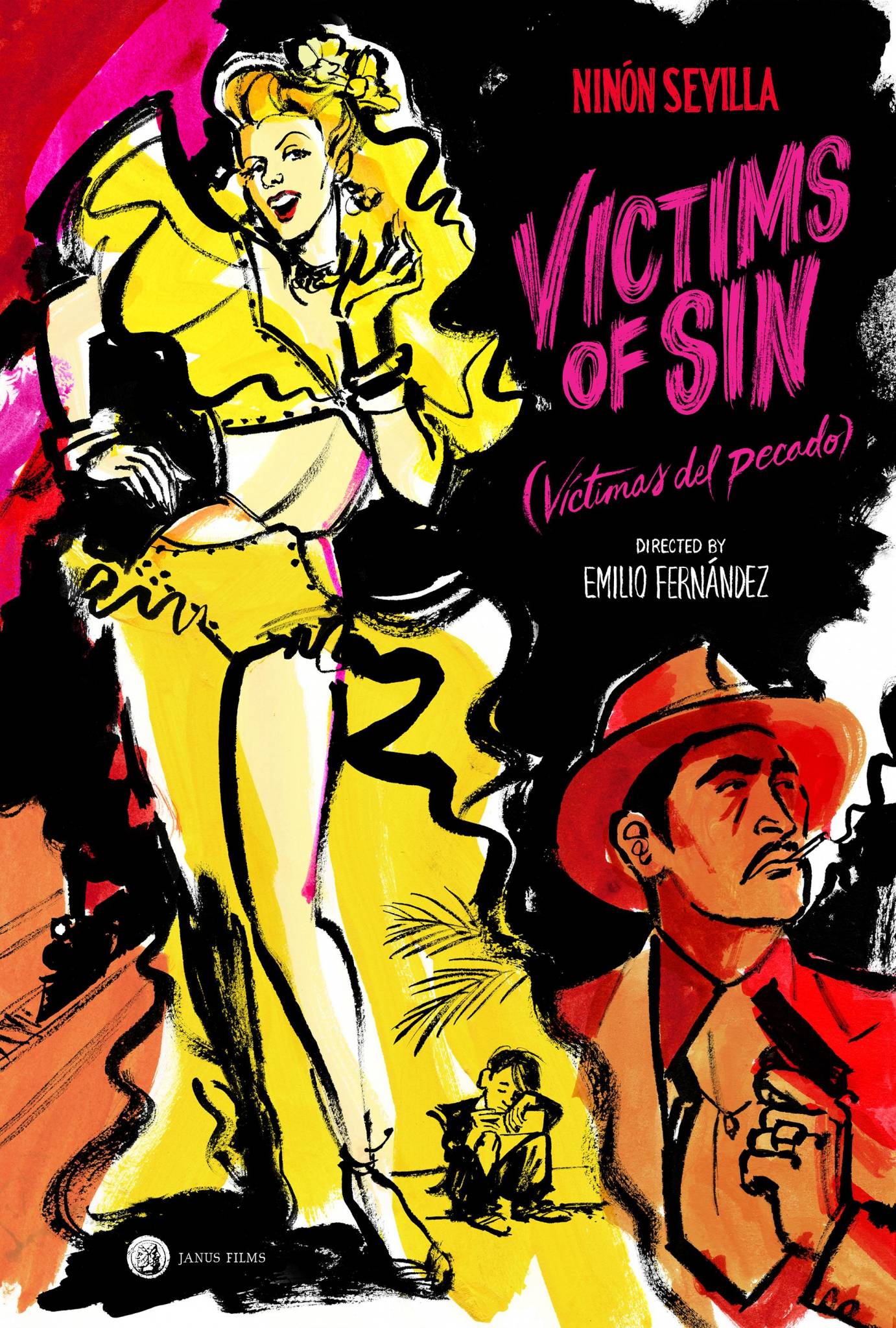
To my eye, Sevilla’s exciting brand of Afro-Caribbean dancing appears akin to that of Katherine Dunham and feels more earthy than most of the Latin-style dancing seen in Hollywood musicals of the same era. With her low, grounded stance, Sevilla makes powerful use of her knee and hip joints. She sits deep into her plié, pushes her hips way out to the sides, and works with lots of space between her thighs as her knees flap open and closed. Her effusive sexual energy recalls a fiery -- but tougher -- Rita Hayworth. And one really sees the Africanist elements in Sevilla’s Afro-Caribbean vocabulary. A lanky, fluid mover, she bends forward, buttocks out behind her, shimmies her shoulders, performs ferociously fast footwork, and at times seems to be improvising. Her wild dancing is more internally focused than the polished, performing-for-the-camera style of Hollywood dance stars. And Sevilla moves constantly. Even while singing, she’s circling her pelvis in continuous figure 8’s or stepping side-to-side on every beat.
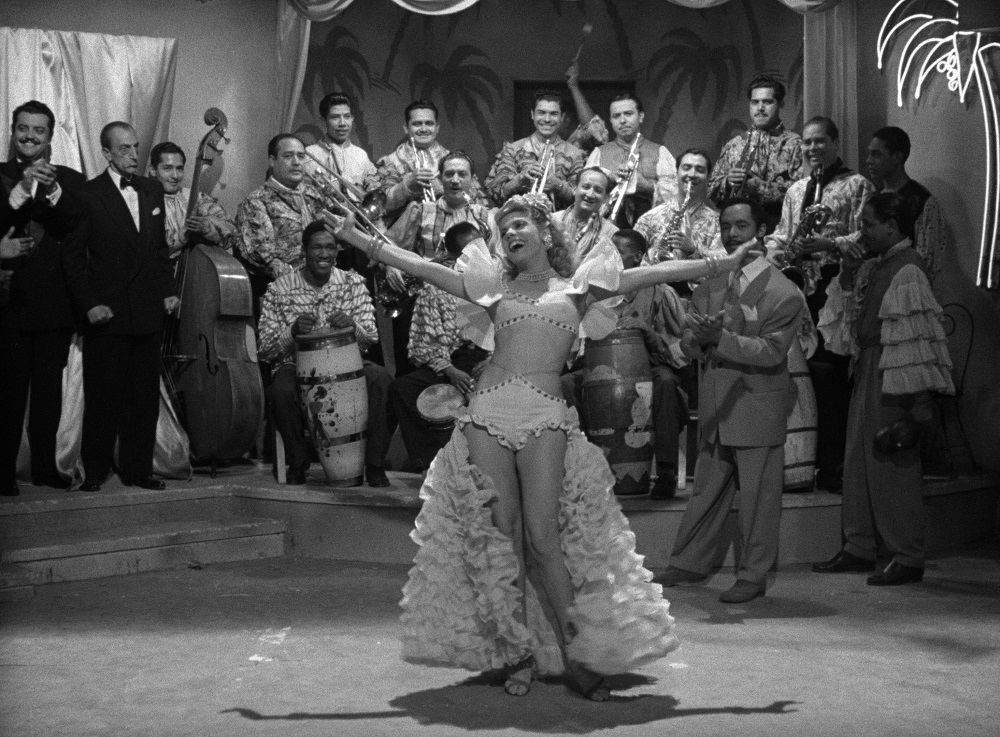
In the film, Sevilla plays a cabaret entertainer named Violeta, and much of the movie takes place in nightclubs where we watch her perform high-energy dances for the customers. In her first number, she dances barefoot, and wears a long, ruffled skirt with a high slit up the side exposing a strongly muscled thigh. In others, she’s in seductive high heels and glimmering skin-tight gowns. Ensemble dancers sometimes perform behind her but, to be honest, I hardly noticed them. They signify more prominently when, in between the staged acts, they portray club patrons moving as couples out on the dance floor. Their choreography looks utterly natural as each pair moves with a different energy, lexicon of steps, dramatic intent, and technical complexity, yet all in response to the same music, be it mambo, rumba, or swing. While artistically very interesting, that diversity also lends a remarkable air of realism to the movie’s nightclub settings.
Victims of Sin tells the heart-wrenching story of Violeta’s struggle to support herself, and the abandoned child she adopts, amid the crime-ridden nightlife milieu in Mexico City. Artfully directed by Emilio Fernández, the film is rooted in themes of sin and redemption, and is dense with contrasting symbols of “dark” and “light” ideas -- the striking black and white cinematography of Gabriel Figueroa, the stunningly lit bridges and railroad tracks that connect and divide urban neighborhoods, the upscale atmosphere of one club versus the hominess of another, and the embodiments of liberty and restraint found in Sevilla’s dancing.
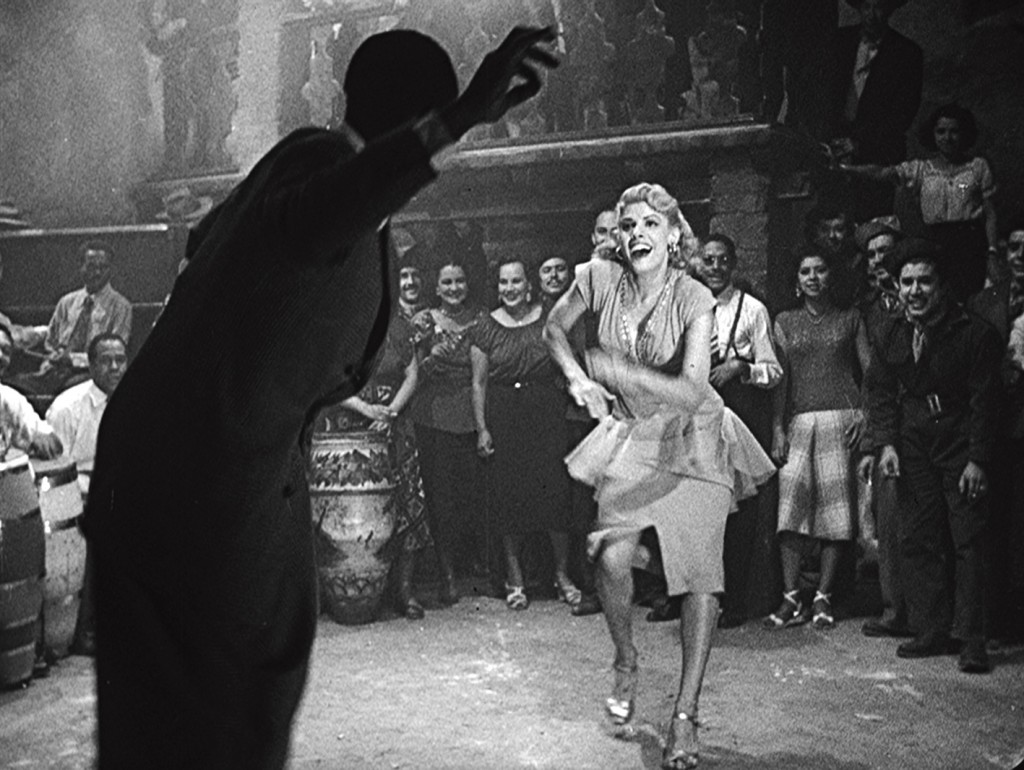
Yet the film’s most evocative element is its wide-spanning musical score, by Antonio Diaz Conde. It ranges from amusing to foreboding mood-setting underscoring, to romantic ballads and novelty songs performed by the nightclub singers, plus a never-ending variety of dance music. And it’s abundant. Granted, much of the story takes place in clubs where one expects to hear continuous music — and even when scenes shift outdoors we still hear music playing from within the venue. Yet throughout the film there’s a notable sparseness of dialogue. A considerable amount of the film’s action, both dramatic and comic, is conveyed through gestures, staged business, and facial expressions -- somewhat silent movie-like at times — all performed to music, with no talking. One grows to depend, in a way, on the musical score as the delineator of the narrative. The music’s presence feels more continual and dominant here than in Hollywood musicals, where individual songs are presented as discrete entities.
Film noir aficionados will relish the look of this movie, and dance fans will surely appreciate Sevilla’s take on Afro-Caribbean movement, but I think it’s music lovers who will be most enlightened as the film expands our notion of what can truly be called a movie musical.










